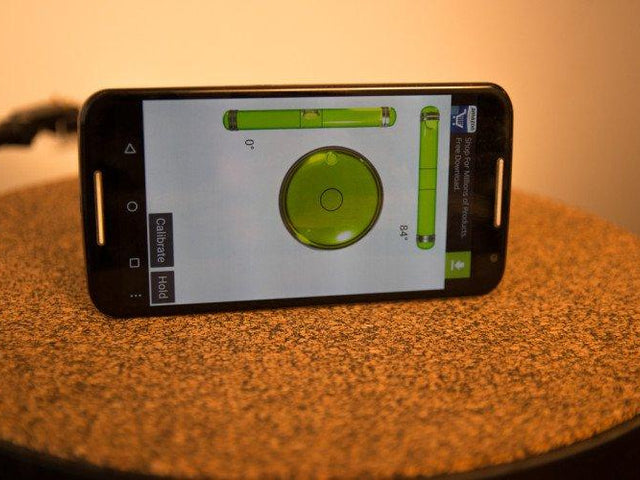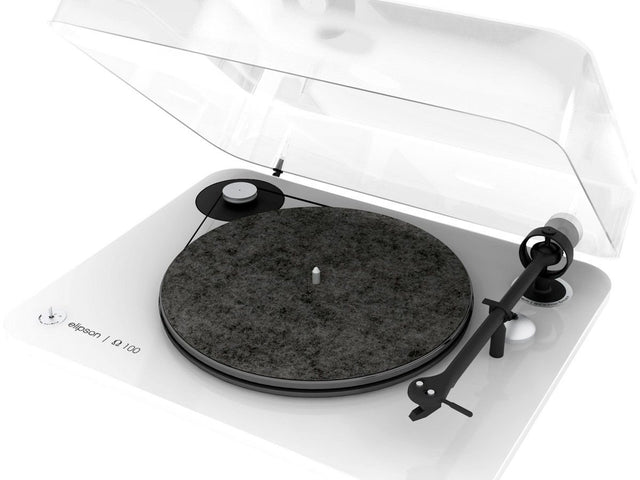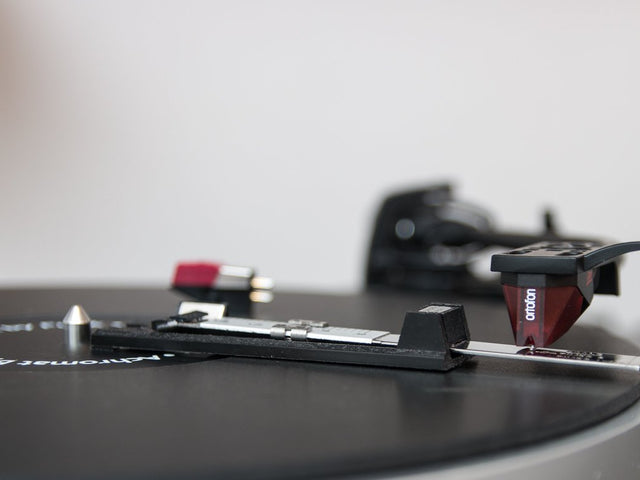At various points in my writings for Viny Me, Please I have tried to explain the role and function of different parts of the replay chain that forms a turntable. One area that has gone uncovered up until now is the tonearm. Every record player from the gramophone onwards has been fitted with an arm and the role it performs has been pretty much established from day one. Perhaps because the requirements are so fixed, the basics of most arms have been decided for about the same length of time.
Within this however is a huge variety of design approaches and an even wider selection of pricing. If you've started looking through the inventories of some manufacturers and retailers, it won't have escaped your notice that the price of some tonearms- not the turntable as a whole, just the arm- can sail into five figure territory. To understand why, we need to get a handle on what a tonearm is being called upon to do and the challenges tied in with that.
The Function And Challenges Of Tonearms
The function of a tonearm is to support the cartridge in the correct position over the record and allow it to move inward to the centre of the record while maintaining this position. To do this, it has to perform a few tasks simultaneously. The cartridge has to be held in the correct position- height and angle- above the record and allow it to trace the groove in towards the centre of the record. It then also applies the correct amount of weight to the stylus and ensures that anti skate force is present to prevent the cartridge shooting toward the inside of the record. Finally, it carries the cabling that transmits the signal from the cartridge out to the rest of your system.
This is all fairly logical but there is a sting in the tail. We have discussed before that the output from phono cartridges is tiny. As such, every aspect of the operation of the arm will have an effect on it. As the bulk of the weight is at either end of the arm- the cartridge at one end and the counterweight that balances it at the other- the body of the arm itself-- which is usually referred to as the armtube-- has to be extremely stiff and strong. Any flex or movement in the tube while the cartridge is on the record will result in audible interference in the audio signal. At the same time, the arm itself has to keep its overall mass reasonably low so the materials involved have to be light as well. Various metals are often seen in tonearm design but more recently, carbon fibre has become increasingly popular.
The challenges don't end there. The arm has to be able to move in such a way as to ensure that the cartridge makes it across the record in a uniform fashion but again, too stiff an arrangement will become audible in the signal itself. The balancing act that results means that some arms take the radical step of removing the bearings altogether and balancing the arm on a single point. This practice- called a unipivot- ensures that the arm is largely free of mechanical noise but it places further demands on the cartridge and requires careful setup.
Design Choices
The requirements that shape the design of arms mean that like many other parts of the playback chain, improvements in the quality of the materials used in their construction tend to yield immediate and measurable benefits to their performance. Another factor that shapes the cost of some arm models is that they are designed to work on a variety of different turntables. This means that they additionally have to feature sufficient adjustment to ensure that they will work on different models with different heights of platter and with a wide selection of cartridges.
There is of course also considerable scope for manufacturers to take their own areas of concern and develop them into very distinctive ideas of their own. For example American brand VPI produces some of the most extreme examples of the unipivot arm on the market- there are no points of contact between the armtube and the rest of the turntable beyond the top of a metal spike on which the arm balances (and this is why the arm cable exists via a loop at the top of the housing as there is no means of it passing through this spike). British company Wilson Benesch is particularly devoted to creating strong armtubes and have now reached the point where their Nanotube One is one of a handful of commercially available items to use carbon nanotubes in its construction and has a stiffness an order of magnitude greater than any metal equivalent. Meanwhile, over in Germany, Clearaudio has gone to work on bearing noise and come up with magnetic bearings that 'float' the arm over the record with no point of contact at all.
What does this mean for those of us unwilling or unable to drop a few thousand bucks on something that has the sort of ingredients NASA would be comfortable with? Well, despite the huge variations in pricing, some of the different design compromises that exist in arm design, exist all the way down to sensibly priced levels where the arm is supplied as part of the turntable package. The decision process over the use of bearings means that companies like U-Turn make use of the unipivot principle with their arm while Pro-Ject and Rega prefer a full bearing system. The desire to make the arm as stiff as possible means that these companies all make their armtube as a one piece assembly with the cartridge attaching directly to it. Companies such as Audio Technica on the other hand prefer a detachable headshell which makes fitting cartridges easier but also means that there is a natural break point in the arm.
If you get the chance to listen to the different designs and form any level of preference for one make over another, it is likely that the design of the arm and the materials used within it are helping to form that opinion. As such, if you like what you hear, you can make the conscious decision to choose products with tonearms that follow the same principles. If you buy a turntable that allows free choice of arm, you can also use these preferences to choose manufacturers and designs that are likely to deliver what you want.
Ultimately, the tonearm is just one of the many areas where you can tweak vinyl playback for the better. Get a handle on the technologies and your own likes and dislikes and it is one more part of the chain you can choose the right component for and get the sound you deserve.
Ed is a UK based journalist and consultant in the HiFi industry. He has an unhealthy obsession with nineties electronica and is skilled at removing plastic toys from speakers.
Join the Club!
Join Now, Starting at $36Pages







